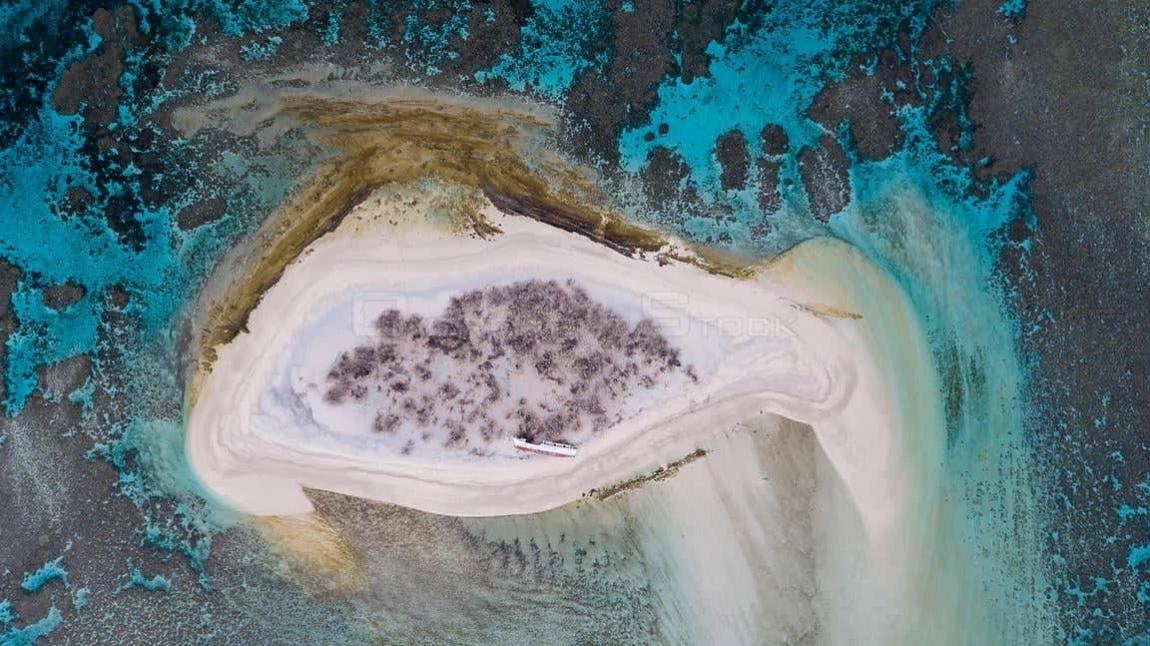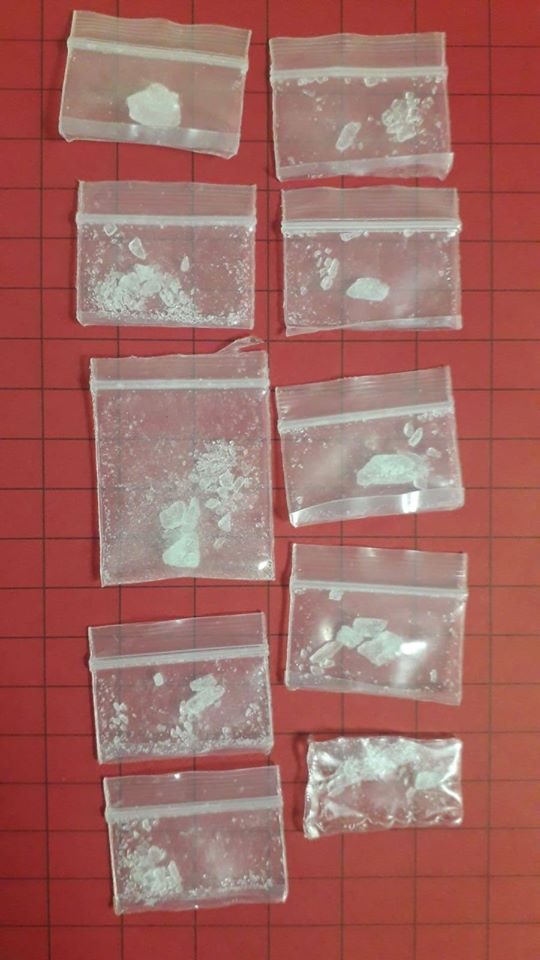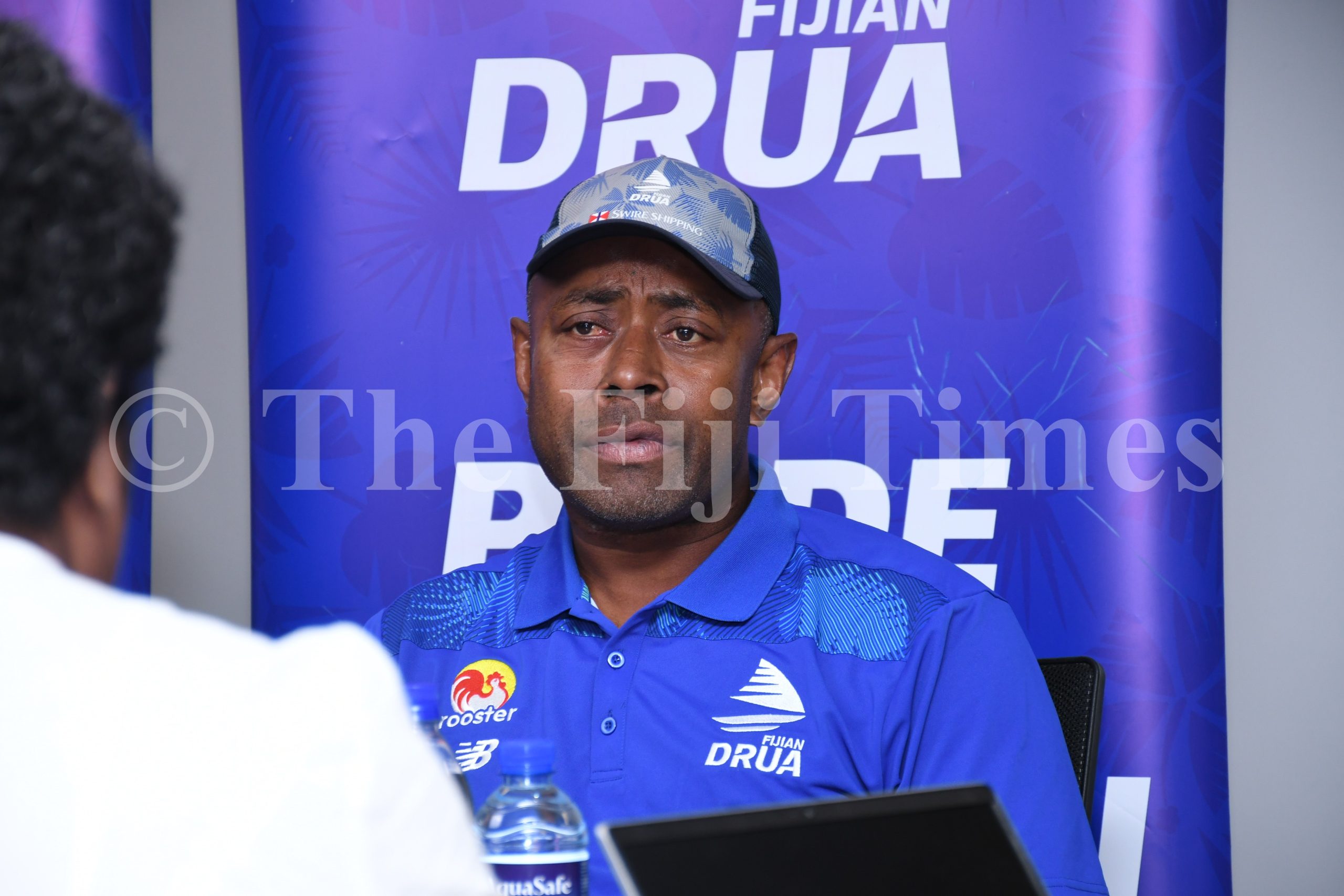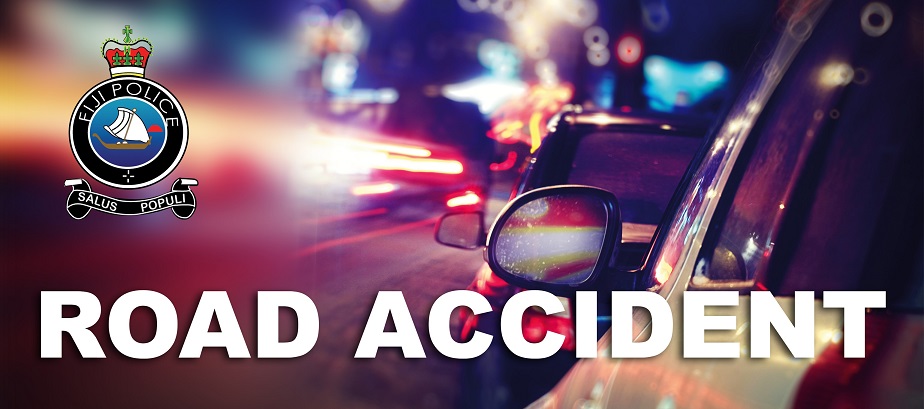Some places in Fiji are so isolated from the hustle and bustle of our everyday life that they are often overlooked and hardly mentioned.
One of these faraway places is Conway Reef, a place known as Ceva-i-Ra, situated south west of Kadavu. We’ve heard about Nasilai Reef, Beqa Lagoon, Bligh Waters, Natewa Bay and Somosomo Strait.
But Conway Reef? Hardly ever! In the middle of Conway Reef is a small sand cay, 1.8 meters high, about 320 metres long, and 73 metres wide, with a land area of two hectares. The closest land mass to Conway Reef is Hunter Island in the French territory of New Caledonia.
According to online literature, in 1838, the Royal Navy Captain, Drinkwater Bethune, of the ship HMS Conway, became the first person to come across the reef and record it.
However, it was first mapped several years later by a British captain named Denham, the Commander on board the vessel HMS Herald which sailed through much of the South-west Pacific and substantial parts of Australian coast.
From 1852 to 1861, the HMS Herald surveyed and charted known land masses and suspected hazards, thereby later establishing safe routes for shipping.
That some of these charts are still in use is testimony to the accuracy and skill of those who created them.
Journals belonging to Denham and his officers described mid-nineteenthcentury techniques of surveying and charting, often undertaken in hazardous conditions.
The South-west Pacific at the time of Denham’s voyages was simultaneously ‘a mission field, a site of commercial activity, and a colonial outpost’.
“The accounts of the Herald’s contact with native peoples are enriched by detailed descriptions of cultural practices, and give an insight into the complex and often uneasy relationships between colonial officials, missionaries and natives,” noted the book The Voyage of HMS Herald by David Andrew.
“Almost a decade’s voyaging brought the ship and her crew to remote and inhospitable locations, threatened them with storms, disease, hunger and illness, and separated them from home and families. It also earned for them a lasting place in the history of maritime surveying.”
From the age of 13, Bethune is believed to have served the Royal Navy and commanded HMS Conway during his duties in Australasia and the Far East, from 1836 to 1842.
He made a report on Conway Reef in 1838 and served in the First Opium War, a military encounter between Britain and the Chinese Qing dynasty between 1839 and 1842.
He was appointed a Companion of the Bath (the fourth most senior of the British order of knightly and noblemen system) in 1841 for his services.
There were a couple of wrecks on Conway Reef in the 1800s. It is believed the two-mastered square-rigged ship, Rapid, under Captain Arthur Devlin, ran aground on the reef on January 14, 1841, while travelling at a ‘speed of seven knots with all its sails up’.
The mishap was blamed on the crew member on lookout duty for not paying attention. Some 14 years later, on the night of January 26, 1855, the ship Logan of New Bedford, under Captain Wells, was wrecked on Conway Reef. Captain Wells called the isle “Sandy Island Reef”.
According to Fiji Museum literature, in the same January 1855 Logan wreck, 25 crew members eventually landed on the island of Gau in Lomaiviti and were later taken to Levuka, Ovalau on Cakobau’s schooner.
In 1838, HMS Conway had produced a chart of Port Underwood, a whaling port in New Zealand’s South Island.
After completing this charting, Conway is said to have sailed to the Rewa River before later sailing to Tonga. While in Fiji, she charted the Conway Reef as we know it today.
Three years earlier (1835), Conway, had helped transport crates of plant and animal specimens belonging to Charles Darwin, the naturalist, popular for his published thoughts about evolution and natural selection in On the Origin of Species (1859).
According to National Geographic, Darwin spent much of the trip on land collecting samples of plants, animals, rocks, and fossils. He explored regions in Brazil, Argentina, Chile, and remote islands such as the Galápagos.
He packed all of his specimens into crates and sent them back to England aboard other vessels. In the 20th and 21st centuries, there had been at least three recent shipwrecks on Conway reef (1979, 1981 and 2008). The latest one was the Chinese fishing vessel San Sheng No. 168.
The wreck of that ship lies on the northeast end of the reef. The strand wreck lies 240 metres south of the centre of the sandbank. According to information available on en.wikipedia.org access to the island ‘should be attempted only at high tide, and only in a shallow draft tender.
Extreme care must be taken to navigate the coral heads’. Conway Reef is uninhabited, apart from some birds that appear to have almost no fear of humans.
It offers the rare opportunity to experience diving and snorkeling in a virtually untouched underwater environment.
The island counts as a separate entity for DXCC credit in amateur radio. Several Dxpeditions visited it as 3D2C in September 2012, and 3D2CR in June 2019 and September 2021.






